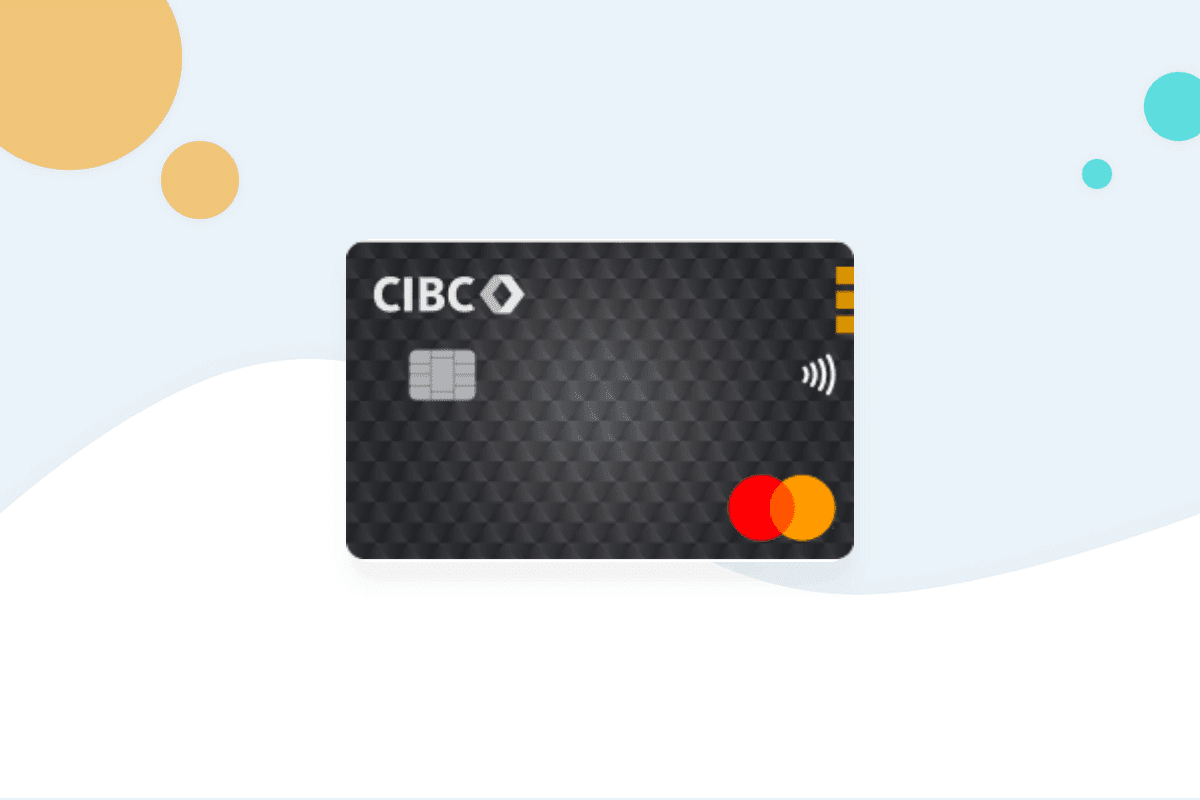Compare KOHO Financial Credit Cards
Enter your monthly expenses and get an estimate of your rewards for each credit card
- All cards
- My selected cards
Frequently asked questions about Canadian Credit Cards
How to choose a credit card with Hardbacon’s comparison tool?
To choose a credit card with our comparison tool, you need to, first, determine its purpose. If unable to pay in full the card balance each month, click on “Offer Type” on the left sidebar and select “Low Interest Rate”. If you wish to obtain rewards, select “Rewards,” and enter your annual income, in order for us to recommend the best card for you. Do not hesitate to use the other filters, and click on “more details” when you want to know more about a specific card.
What's a balance transfer with a low-interest rate?
Can I acquire a credit card when being bankrupt or with no credit history?
Why is it important to pay in full the credit card balance each month?
How do credit cards work?
How to calculate credit card interest?
What is a CVV?
How to dispute a credit card charge?
What is the best credit card in Canada?
Our most recent post about credit cards in Canada

Credit Cards

Wealthsimple Prepaid Mastercard: My Experience with Wealthsimple Chequing account
Wealthsimple is a Canadian fintech known for its investment app. Today, it offers many other products. I’ve had a Wealthsimple account for several years and applied for the Wealthsimple prepaid Mastercard in August 2025. How does it compare with the best prepaid cards in Canada? Pretty well, I’d say. I’ve been holding funds in this […]

Credit Cards

KOHO Mastercard Versus Wealthsimple prepaid Mastercard: Which Prepaid Card Is Right for You?
KOHO and Wealthsimple are some of the first names that come to mind when you think of prepaid cards in Canada. These two companies are often compared despite the fact that they are not similar. On the one hand, KOHO offers a prepaid card with a subscription plan, and on the other, Wealthsimple Cash Account […]

Credit Cards

The CIBC Costco Credit Card: Benefits and Alternatives
The CIBC Costco credit card comes with great rewards and can reduce your bill if you shop at Costco often. But if you shop at several different locations, take the time to compare it to other store credit cards. Quick facts about the Costco credit card To get this credit card, you have to be […]